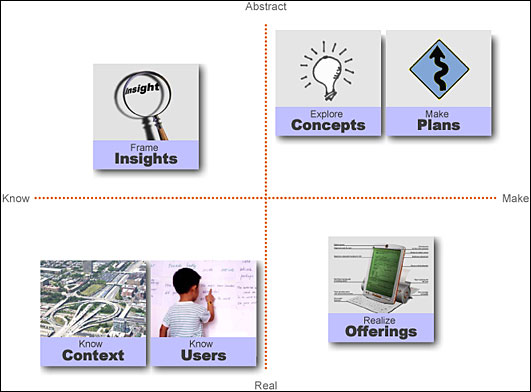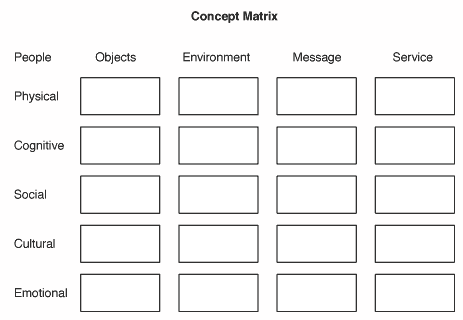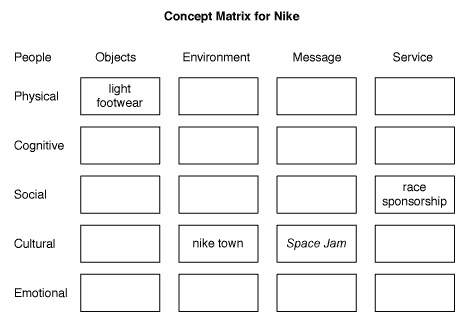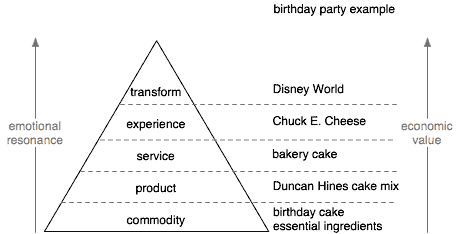Being a student-run conference, it makes sense there would be student presentations.
The first student presentation I heard was Michael Winnick’s “Crossing the Other Chasm: The perils of getting concepts into development”. He opened with Geoffrey Moore’s take on the technology adoption life cycle, where a chasm exists between early adopters and getting the product into the mainstream — it’s at this point that many products fail in the market. Michael turned the chasm focus inward…
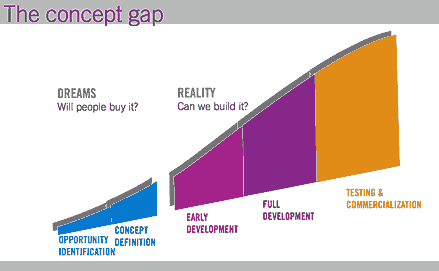
His basic thesis is that if we can successfully cross the product development chasm, we can be more confident that we will cross the technology adoption chasm. He identifies the crux of the problem as a gap between the marketers and the engineers, where the marketers develop a requirements document full of features and great ideas, but the engineers need to develop a specification that precisely labels how the thing will work, and the two are never well reconciled. Marketers need to get more concrete, and engineers more abstract, so they can meet up in the middle and ensure that ideas flow successfully.
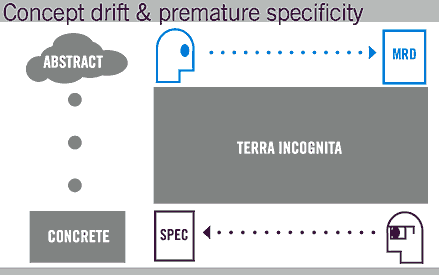
Michael works at Gravity Tank, an impressive product research and design firm, and listed 7 steps that they’ve found helpful in navigating these murky waters:
1. Accept change
2. Reduce barriers to actual users
3. Get everybody together
4. Prototype in low fidelity
5. Embody research, don’t report it
6. Make decisions explicitly
7. Validate embodied concepts
The first two are obvious. The third is about getting all members of the team, be they engineers, marketers, business owners, designers, whoever, in the room together, collaborating. The fourth addresses how they can collaborate — give everyone simple tools for prototyping solutions — tap the latent creativity in folks whose lives are mired in Outlook and PowerPoint.
The fifth point resonates with the work we do at Adaptive Path. About the least useful deliverable is the Lengthy Report that Sits On A Shelf. To the degree possible, put your research in action — it will ensure adoption by the developers.
The second student presentation I saw was Dale Wunderlich’s “Teams At Work.” [2.3 MB PDF]. He and his team of students researched the dynamics of meetings, utilizing Edward De Bono’s “Six Thinking Hats” model to develop a color spectrum of participation.

(This graphic is here to tantalize you into downloading the presentation.)
It’s a really impressive piece of work. The team minutely analyzed meetings in order to understand how people “enter” and “exit” the stage, the nature of their contributions, and the effect of the environment. They did so for descriptive, not prescriptive, purposes, though it wouldn’t take much to imagine how this understanding could help guide meetings towards greater productivity.
I just want to add that not only in this presentation, but in all my interactions with ID students, I was very impressed by their skill, savvy, wherewithal, groundedness, rigor, and humility.
[Side note to ID students: Did you know about the Secret Lives of Michael and Dale? It turns out that Michael Winnick is also a CPA, and that Dale Wunderlich has run for office in Alaska.]



